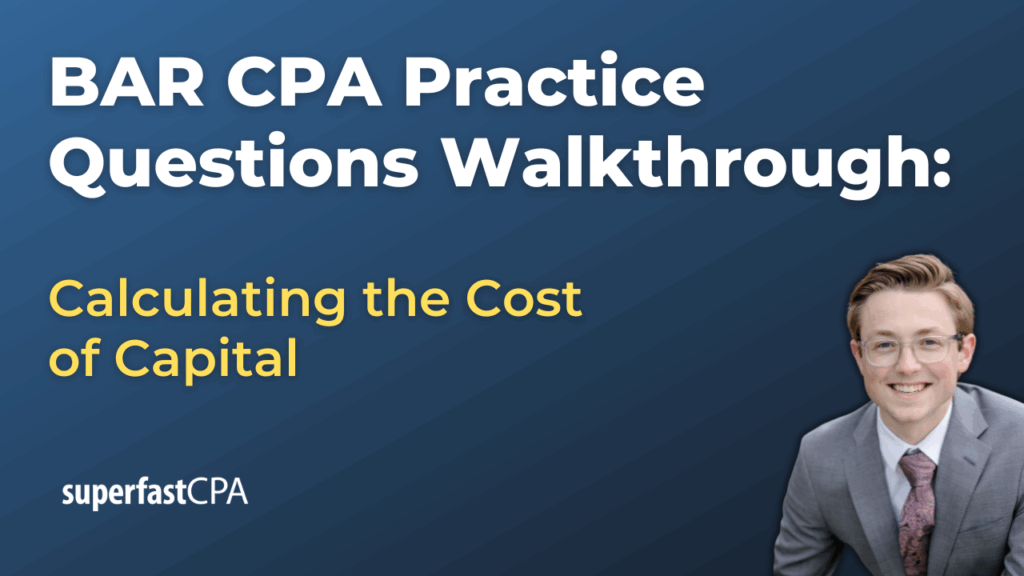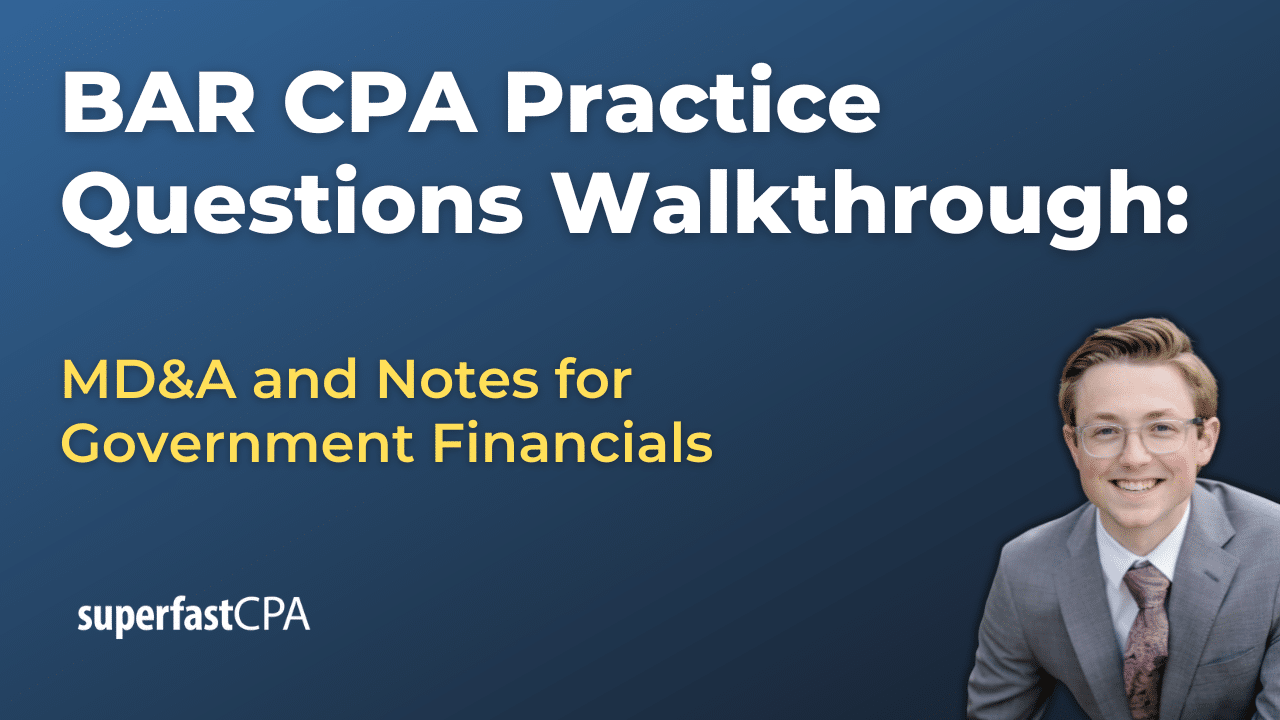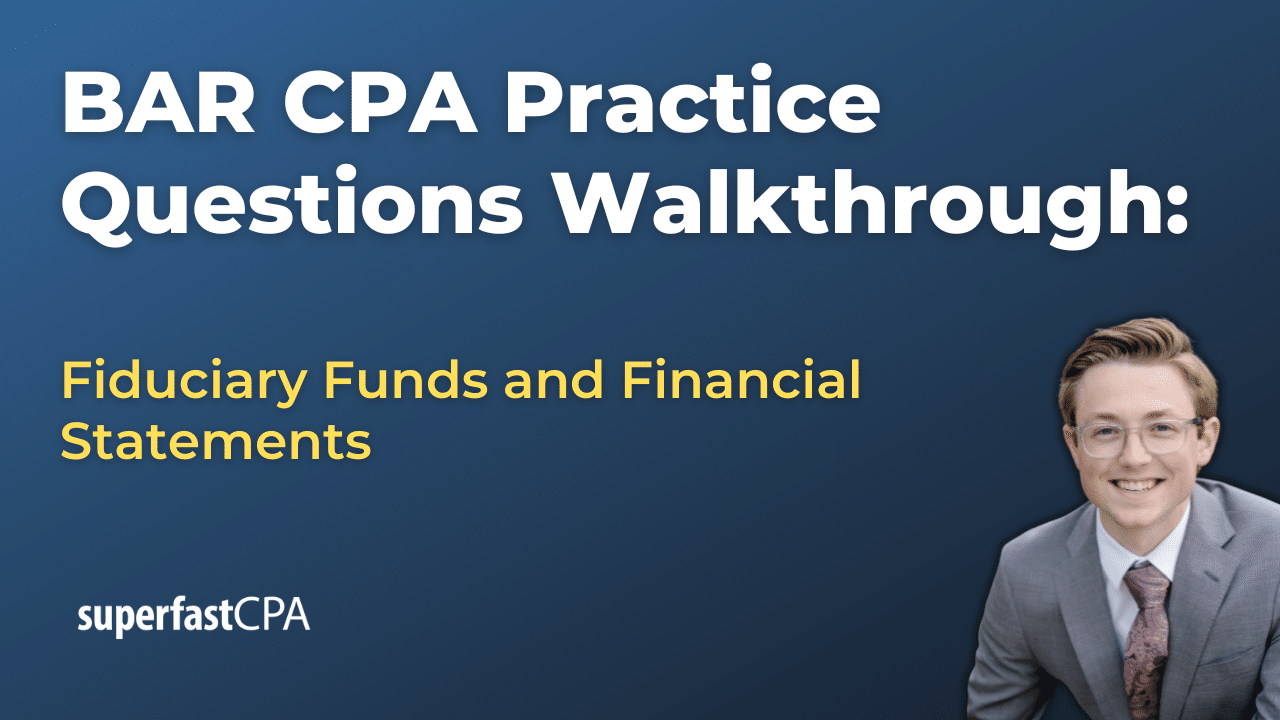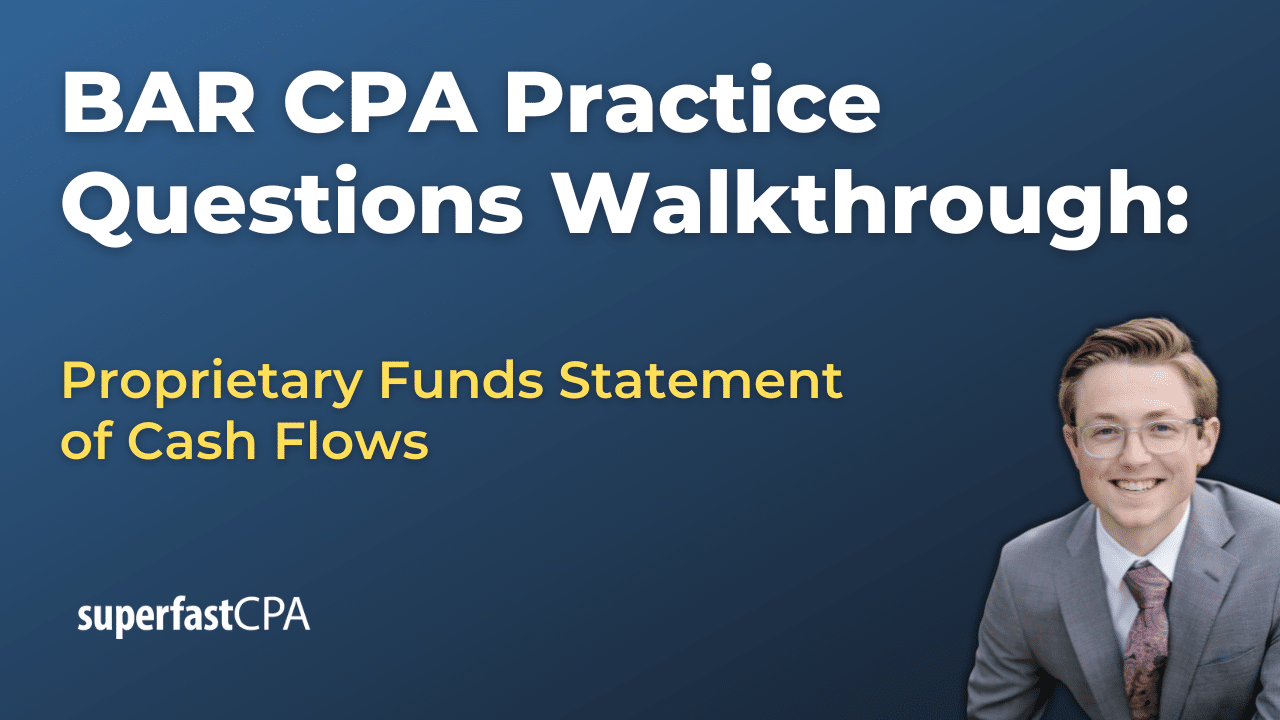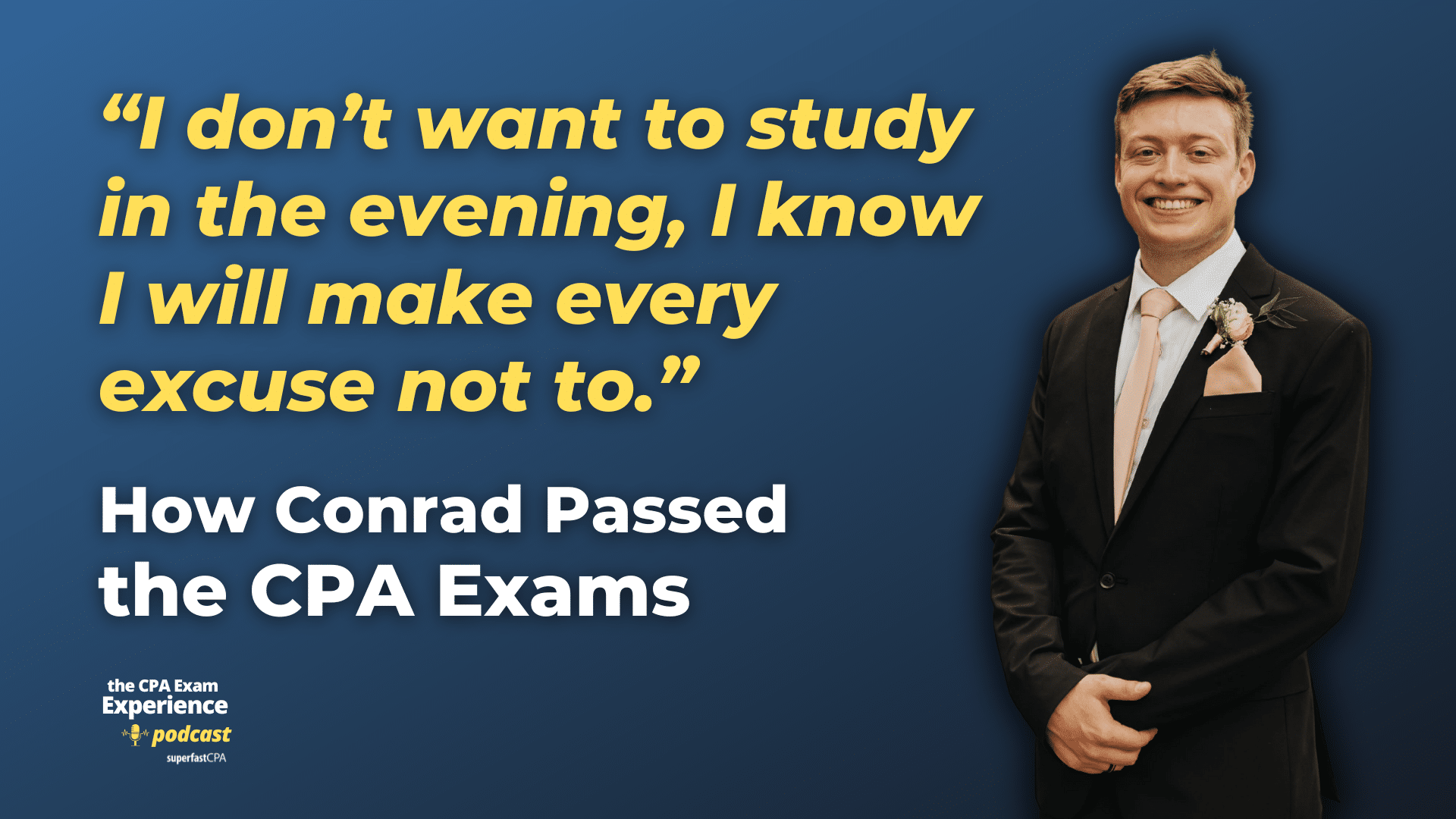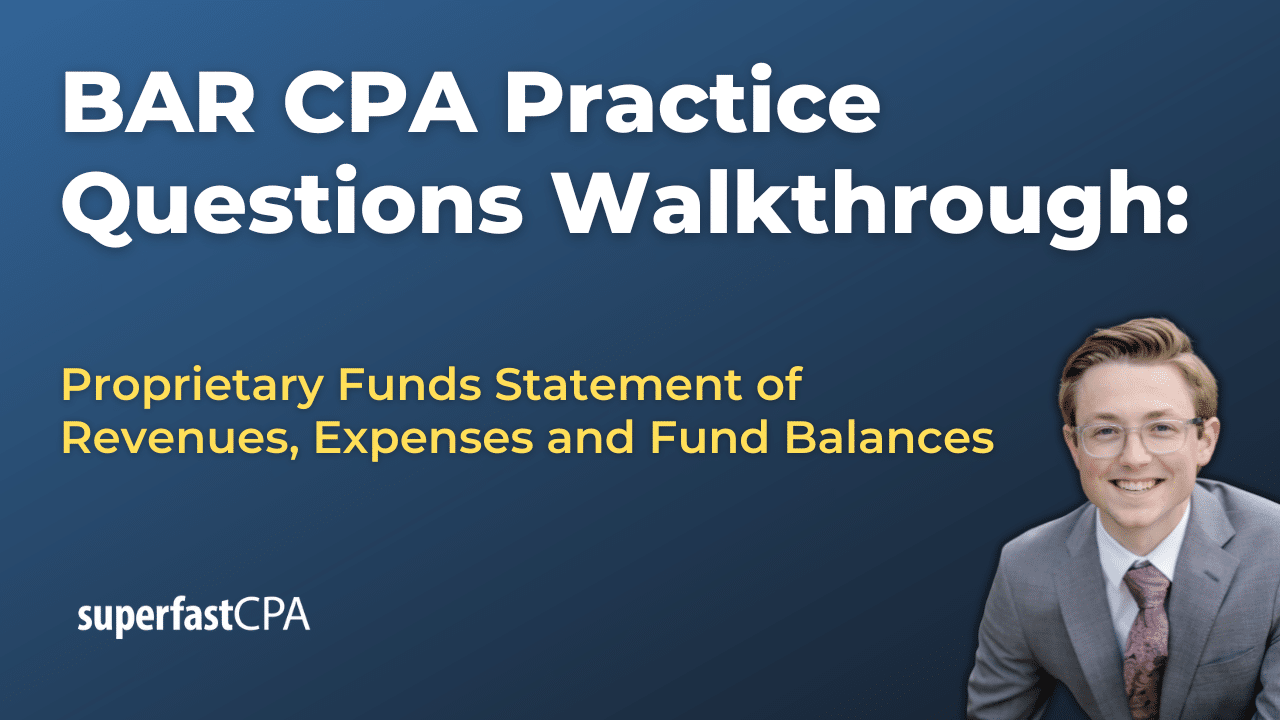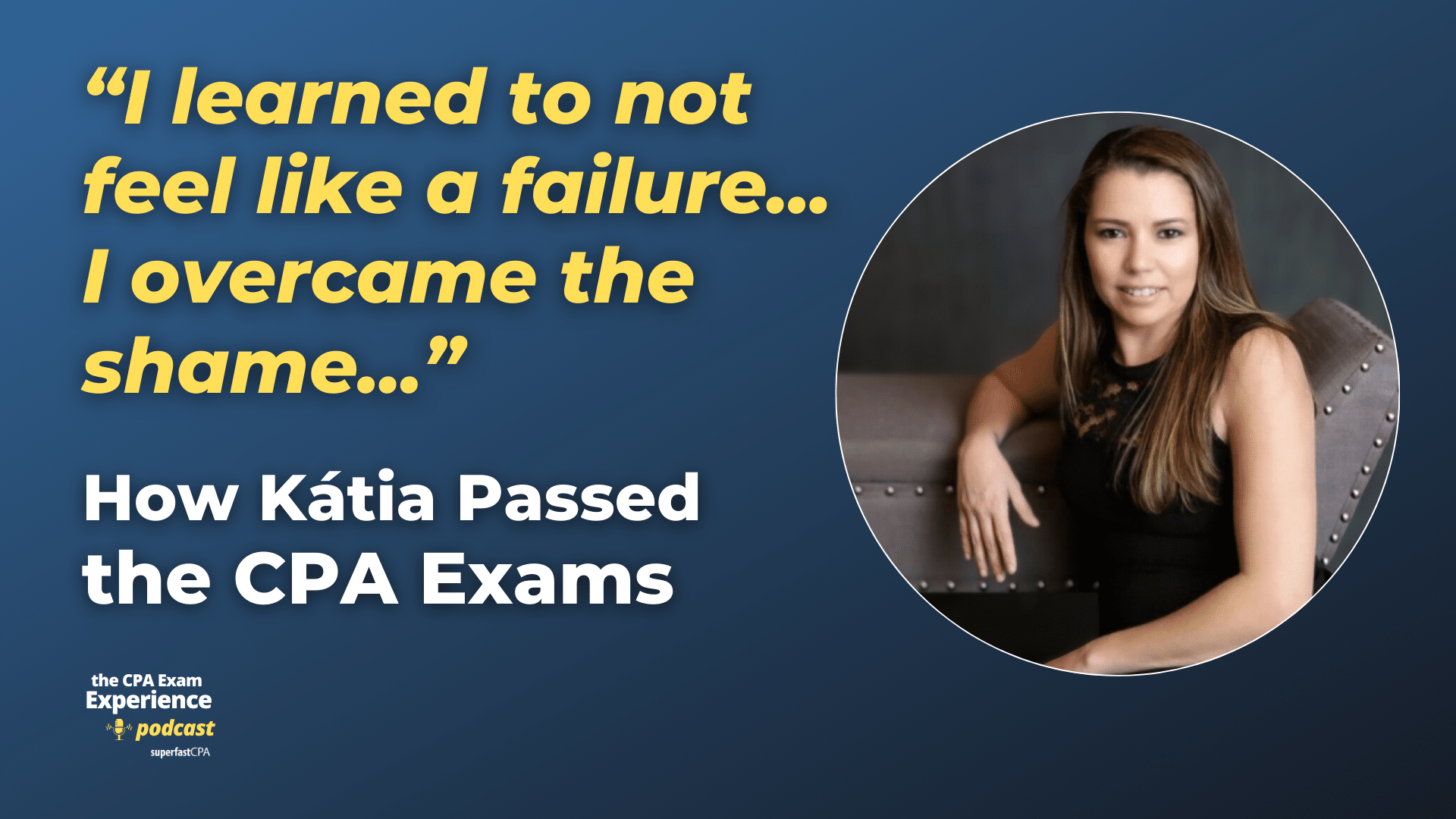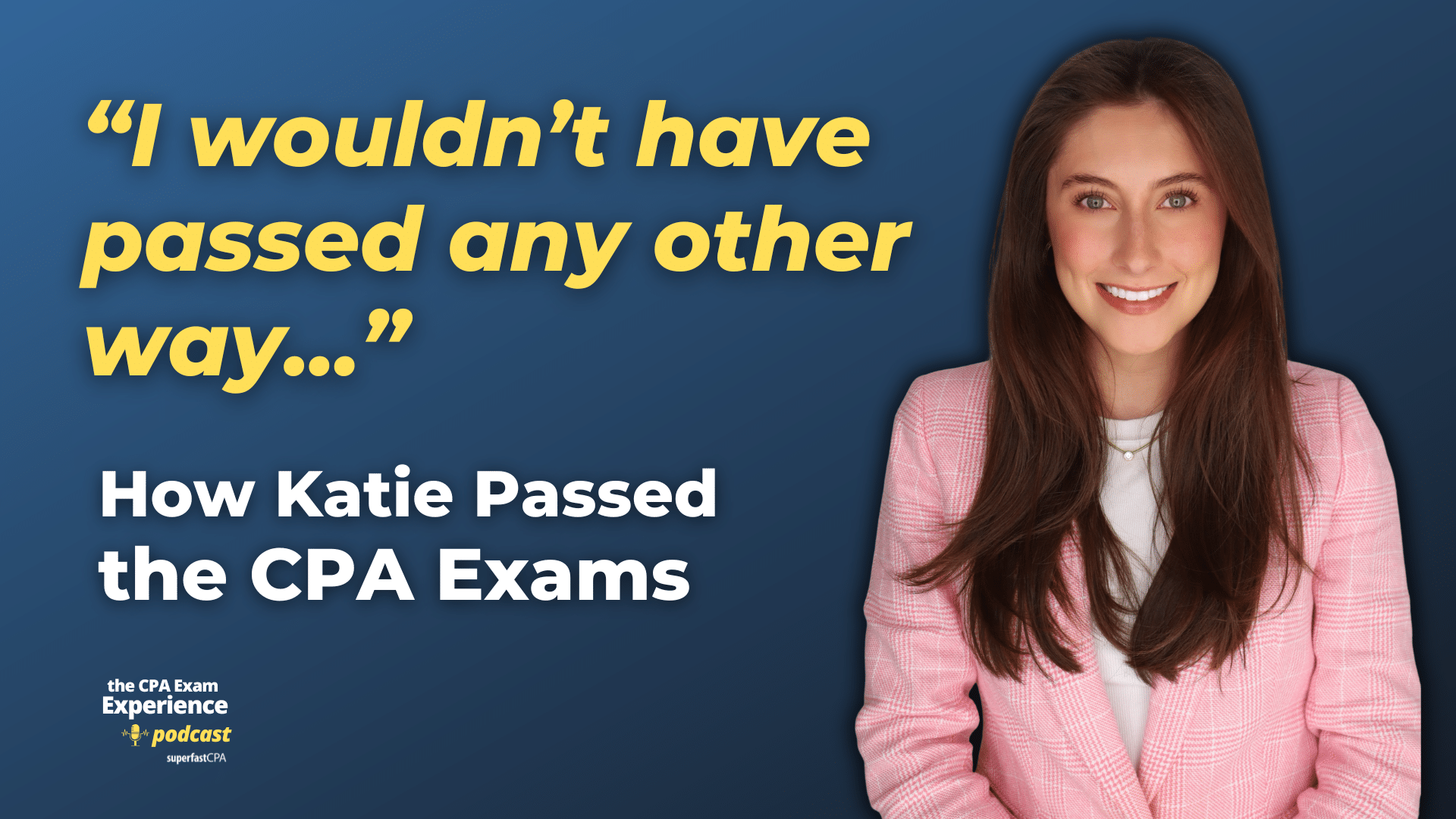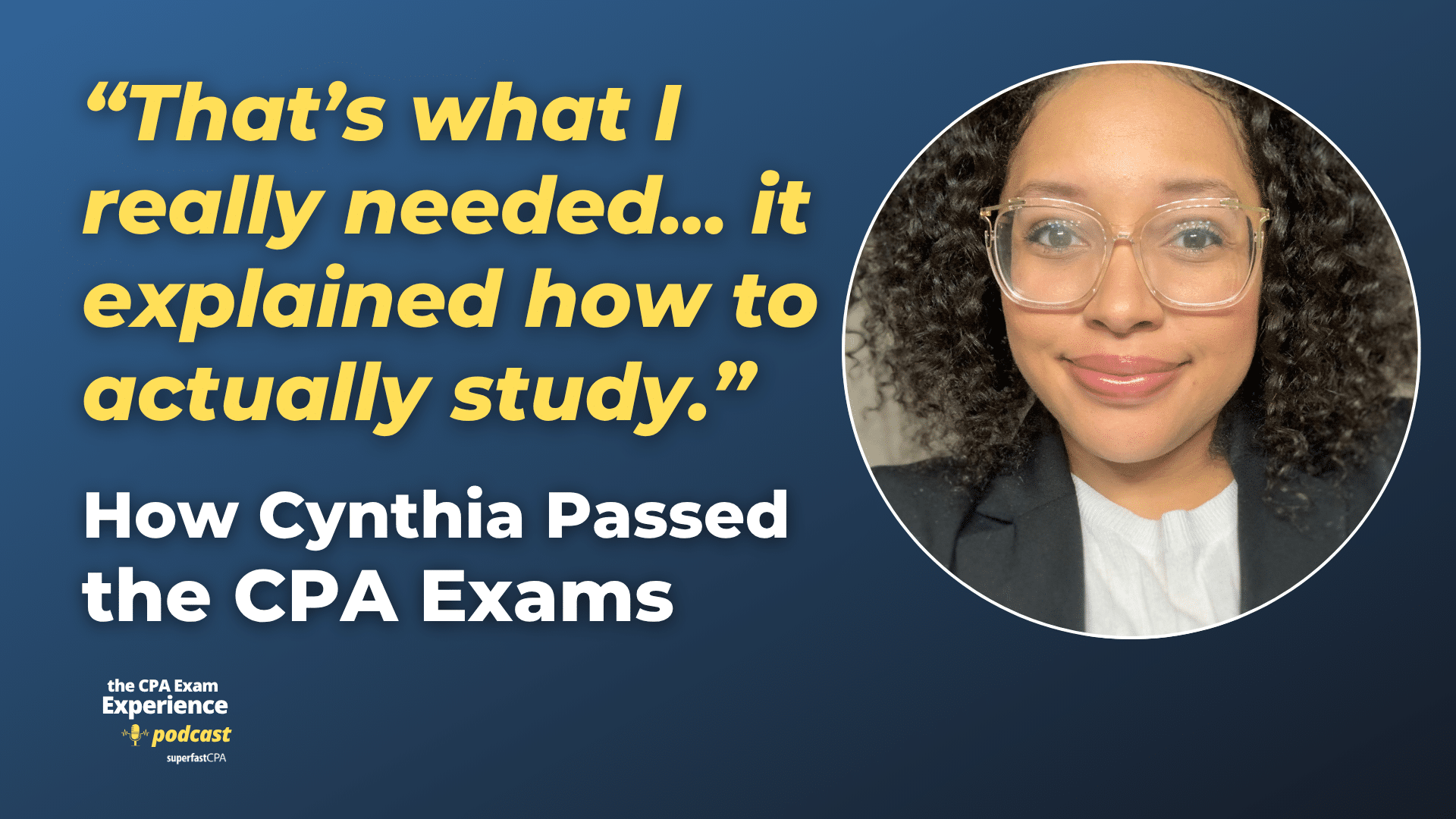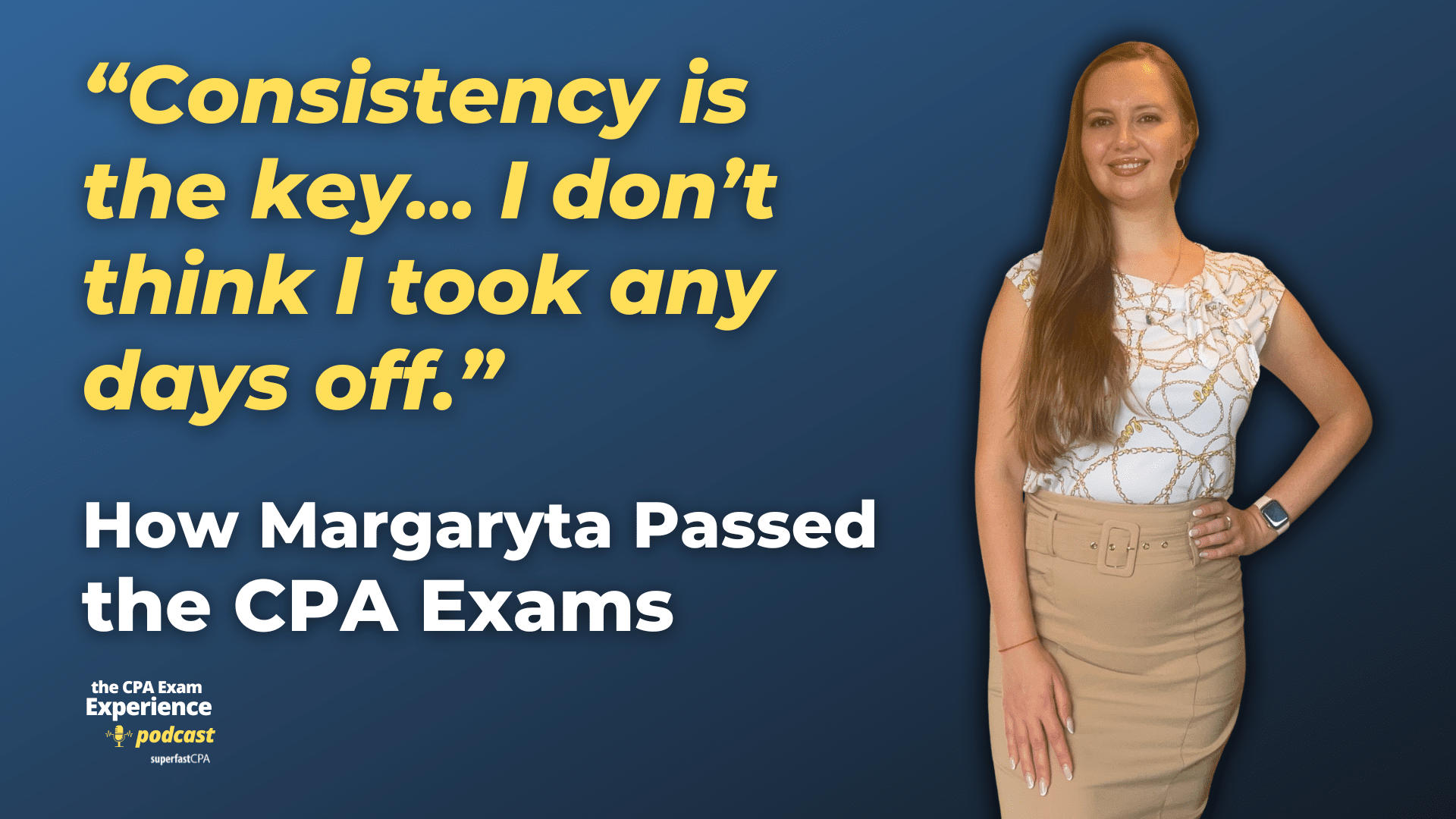In this video, we walk through 5 BAR practice questions teaching about calculating the cost of capital. These questions are from BAR content area 1 on the AICPA CPA exam blueprints: Business Analysis
The best way to use this video is to pause each time we get to a new question in the video, and then make your own attempt at the question before watching us go through it.
Also be sure to watch one of our free webinars on the 6 “key ingredients” to an extremely effective & efficient CPA study process here…
Calculating the Cost of Capital
When evaluating projects, raising funds, or assessing value, companies need to understand how much it costs to raise capital from different sources. That’s what the cost of capital represents: the average rate of return required by investors to justify the risk of investing in the business. This often centers around calculating the weighted average cost of capital (WACC), which blends the costs of equity, preferred stock, and debt based on their relative importance in the capital structure.
Let’s walk through the key components you need to know.
Calculating the Cost of Equity Using CAPM
The cost of equity reflects the return that common shareholders require. When companies don’t issue new shares and instead rely on retained earnings, the cost of retained earnings is the same as the cost of common equity. This is most commonly calculated using the Capital Asset Pricing Model (CAPM):
Cost of equity = Risk-free rate + Beta × (Market return – Risk-free rate)
For example, if the risk-free rate is 3%, the market return is 8%, and the company’s beta is 1.2:
Cost of equity = 3% + 1.2 × (8% – 3%) = 3% + 6% = 9%
If no new shares are issued, there are no flotation costs, and retained earnings are considered interchangeable with equity for WACC purposes.
Calculating the After-Tax Cost of Debt
Debt financing is generally cheaper than equity, largely because interest expense is tax-deductible. But to reflect this accurately, you must adjust the cost of debt to account for the tax shield:
After-tax cost of debt = Pre-tax cost of debt × (1 – Tax rate)
Suppose a company pays 5% interest and its tax rate is 25%. The effective cost of debt would be:
After-tax cost of debt = 5% × (1 – 0.25) = 5% × 0.75 = 3.75%
This is the number used when plugging debt into the WACC formula.
Calculating the Cost of Preferred Stock
Preferred stockholders receive a fixed dividend, so the cost of preferred stock is calculated as:
Cost of preferred stock = Annual dividend ÷ Market price per share
If a company has preferred shares that pay a $6 dividend and trade at $100, the cost is:
6 ÷ 100 = 6%
If a company has multiple preferred stock classes, like Class A and Class B, each with different dividends and prices, calculate each cost separately and weight them by their respective market values to get the total cost of preferred equity.
Applying the WACC Formula
Once you have the cost of each capital component, use the WACC formula to combine them proportionally:
WACC = (Equity ÷ Total capital × Cost of equity)
+ (Preferred stock ÷ Total capital × Cost of preferred stock)
+ (Debt ÷ Total capital × After-tax cost of debt)
Here’s an example:
- Equity: $600,000 at 9%
- Debt: $400,000 at 5% pre-tax
- Tax rate: 25%
After-tax cost of debt = 5% × (1 – 0.25) = 3.75%
Total capital = $1,000,000
WACC = (0.60 × 9%) + (0.40 × 3.75%) = 5.4% + 1.5% = 6.9%
This 6.9% is the blended rate the company must earn on its investments to satisfy its capital providers.
How Capital Structure Changes Affect WACC
It’s tempting to think that increasing debt will always lower WACC because debt is cheaper than equity. But that isn’t always true. As debt levels rise, so does the company’s financial risk, which can increase the required return on both debt and equity.
Here’s a scenario:
Before expansion:
- Debt = $360,000
- Equity = $600,000
- Cost of equity = 9%
- WACC = 7.03%
After raising $180,000 more in debt and $30,000 more in equity:
- New debt = $540,000
- New equity = $630,000
- Cost of equity increases to 11% due to risk
- New WACC = 7.65%
Even though more debt is used, the WACC increases by 0.62% because both the higher debt weight and higher equity cost outweigh the tax benefit of debt. This demonstrates how too much leverage can actually raise the company’s overall cost of capital.
Final Thoughts
Understanding how to calculate and interpret the cost of capital is a key skill for the CPA exam and essential for making financial decisions in practice. You’ll need to:
- Know how to apply CAPM for equity
- Adjust debt for taxes
- Understand how preferred stock works
- Use weights based on market values
- See how capital structure changes affect risk and return
Each of these components fits into a bigger picture: ensuring a company makes decisions that balance growth potential with the cost of funding that growth.

